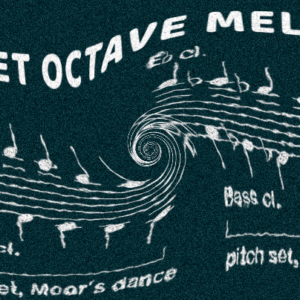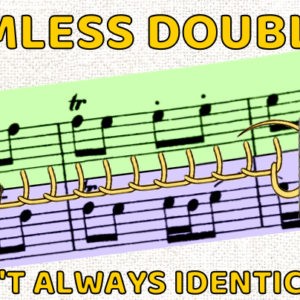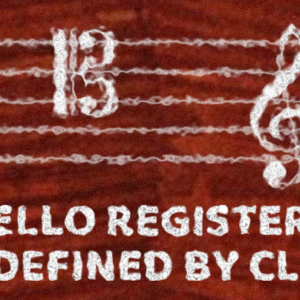Clarinet Octave Melodies
Use extreme caution when scoring octave melodies for clarinets, and be aware that the overtones reinforce each other with great potency. (Tip no. 17 from 100 Orchestration Tips) Octave melodies for wind instruments of the same model are generally problematic. Rimsky-Korsakov gently advises against their use, though he opens the door for doubling by auxiliaries at…
Read more…



